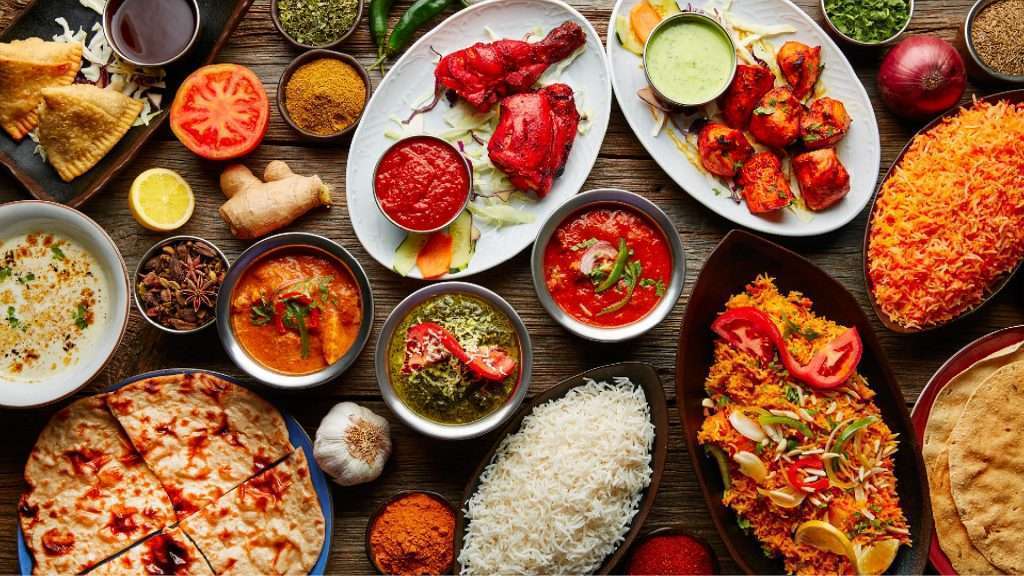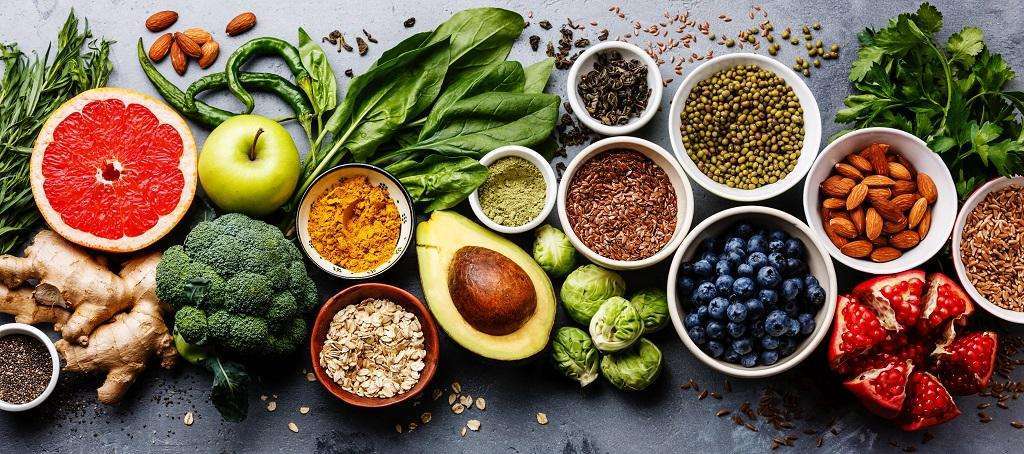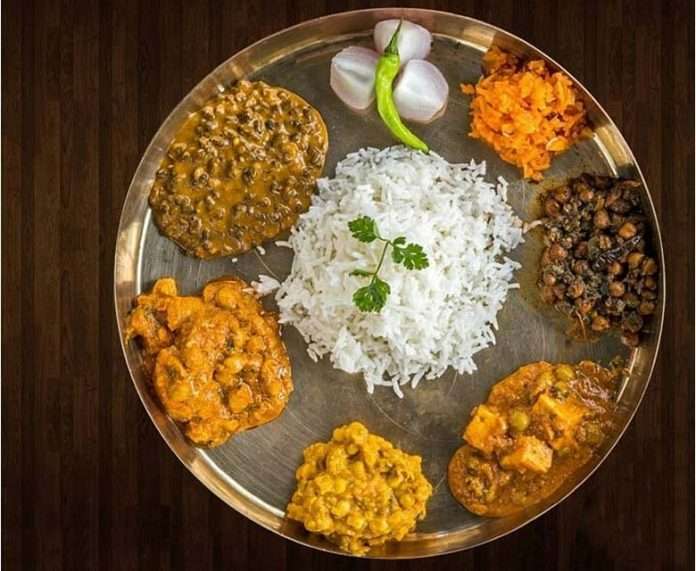Now, what indeed is the right food, one would ask. For the modern highly educated and overconfident city-bred, it’s all about calories – eat what you like but mind the calories. For instance, if you eat a thick masala dosa and have in mind to drink a cup of coffee to enjoy the lingering feeling of the closure of your breakfast, then ignore the temptation go for a vada, looking inviting, drowned in aromatic sambar, to supplement your dosa. But the doubter would ask, subjecting oneself to the tyranny of calory might keep one healthy but would it make one good?
Why not turn to the wisdom of our ancients embodied in our cultural texts? But isn’t it too much work to even skim through the stuff from Sarala Das to Bhima Bhoi, just to be good? Why not consult some other texts: the Panji (almanac) and the osha kathas, for instance? Many might hesitate to think of them as cultural texts at all; they are not spectacular, contain no deep insights and elevating thoughts and do not expound the human situation with either sophistication or even sensitivity. Neither do these explore the possibilities of the language and thereby increase its expressive power.
But literary works are not the sole repositories of our culture. Our idioms, proverbs, wise sayings, riddles, loka kathas, jokes, etc. are also the carriers of our culture. If we should distinguish between the aspirational culture and the culture of day-to-day life, we would find that it is these unremarkable compositions that are far more revealing when it comes to the latter. We assert our identity in terms of the former but we do not live our day-to-day life in accordance with it. We must have the courage to construct our culture in terms of the reality of the daily life.
To begin with a personal note, Panji came into my life when I was about eleven years old. Born into a family in which the elders were believers in soft astrology and were amateur practitioners of it, I, being the eldest child in that big joint family, was encouraged to read whatever I liked in the Panji. The elders wanted me to carry forward the family tradition of doing astrology and they thought that at my age, reading whatever I liked in the Panji was a good beginning.

I disappointed them but I have no regrets. Dealing with the machinations of the mortals in one’s own small world can be lousy enough; why invite further trouble for self by trying to figure out the doings of the ever-manipulating grahas? I used to read, with some anxiety mixed with much uneasiness, the information about what would happen if my wrong eye twitched and what was in store for me should the wall lizard choose to fall on my body.
However, I read with much interest the food- related information in the entries. The information about food was in the nature of restrictions and there was no mention about non-indigenous fruits (thus one knows for certain that cauliflower and potato are intruders to our food culture, for once, making the idea of foreign intrusion almost welcome!) and vegetables: adya alabu bhakshana nishedha (today, eating alabu, i.e., bottle gourd, is prohibited), adya kusmanda bhakshana nishedha (today, eating pumkin is prohibited), etc.
I used to find these unfamiliar words quite cute. Bottle gourd and pumpkin – of any variety – popularly known as lau and kakharu were looked upon as the ordinary among the ordinary vegetables, and it was hilarious the way these were elevated into respectability by being referred to in the text in pompous, Sanskritized terms in hilarious sentences where the colloquial and the pedantic words occurred unhappily. Incidentally, these days, in the Kohinoor Panji, (I am sure in other Panjis as well) these vegetables are referred to in their familiar names and the sentences in which these occur are in present-day colloquial Odia.
Interestingly, the almanac never mentions what vegetables or fruits can be consumed; there is no directive such as adya alabu bhakshana vidheya (today, eating bottle gourd is recommended). This is understandable. Generally speaking, the prohibition strategy is the most economical way of stating the characteristics of a good life – “economical”, because otherwise, one ends up giving, for all practical purposes, an endless list! Now, what comfort, one might ask, can anyone get from the mention of prohibited food, be these vegetables or meat, one might ask. But think – when you are directed not to eat something you relish, for, say, a week, don’t you think it is more palatable than being told to eat something you do not like, for the same period?
In Osha kathas and brata kathas too, which are home observances, food is an important part of the discourse on moral life. Although these are different in certain respects, both these are tales that describe the power and the glory of a god or a goddess, more often a goddess, and more often a local goddess. Part of the story deals with how to worship the relevant deity, what benefits come to the one who worships her in the proper way and what sufferings await the one who offends her by not worshipping her duly. And built into all these are statements about how to lead a moral life. These are a series of prohibitions, many of these women-centric, concerning many aspects of the day-to-day living, including that of food. Osha and brata kathas, like proverbs, are about how to live a comfortable life in this world rather than how to progress in the other world.
In Balarama Dasa’s extremely popular Lakshmi Purana, the following are among the prohibitions listed with respect to food. On a Thursday, which is dedicated to goddess Lakshmi, a woman must not eat curd rice at night, non-vegetarian food, remains of the food from someone’s plate, roasted food, burnt food and non-vegetarian food cooked with bottle gourd. On Thursdays, amabasyas and sankrantis, one must not eat at night. On Thursdays a woman must not fry uncooked rice grains.
However, unlike the Panjis, osha and brata kathas do not merely mention what foods must be avoided on certain days, they specify what must be offered to the concerned deities on the relevant days and later partaken of as prasad. And these are both uncooked and cooked food. Uncooked food comprises fruits, the indigenous ones – coconut, bananas, guavas, etc. – but these days, there has been considerable relaxation in this regard. Non-indigenous fruits are being offered.
The worshippers’ taste has changed; the deities have to accommodate. Cooked food ranges from various kinds of pithas (Indian baked and fried cakes) to different kinds of rice, dal and vegetables to sweets of various kinds. Offering of the non-vegetarian food to the deity finds mention in the kathas connected with some oshas, such as Nisha Mangalabara and Dandapahanra, dedicated to non-Vaishnavi goddesses.
Sometimes puranas and often brata kathas describe good meals – in fact, these define what a good meal is, and a good meal always happens to be a sumptuous meal. Quantity is important; what is the point of a good dish if three quarters of the dish is empty? The items must have variety and be tasty.
Model meals would include the meals that goddess Parvati cooked for Lord Shiva or the meal that the guests in Draupadi’s wedding were served in Sarala Das’s Mahabharata. Another model meal was the meal that goddess Lakshmi cooked for her consort Lord Jagannath and her elder brother-in-law, Lord Balabhadra in Lakshmi Purana. In each case, the items are many: different types of rice preparations, sweet fried rice and wheat cakes, vegetable preparations, sweets made of milk, such as khiris and the like. Each has a name. Incidentally, Lakshmi’s meal has a distinct identity from the others’, if not in terms of the dishes, in the manner of her serving them. At the end, she serves poda pithaa, a salted baked rice cake. Although called “poda (roasted) pitha”, it is not roasted in embers.

Now, what could explain this preoccupation with food in our cultural texts? There are well known, traditional explanations for the food-oriented prohibitions in our culture. Broadly speaking, our tradition postulated a connection between food and attitudes, inclinations and mental states; tamasik food was believed to create a negative attitude, satwik food, a positive mindset. (As for the amount of food to be consumed, maybe the Buddhists brought it into our food ethics.) So certain foods which were believed to arouse inappropriate inclinations and desires were forbidden on auspicious days, although it is entirely unclear to us today how bottle gourds, brinjals and pumpkins could matter in the relevant respect.
Such elaborate descriptions of food served in the weddings and other occasions, both festive and auspicious, might have a different explanation. My own understanding is as follows: a food- loving people wanted to talk about food. Smelling food is half-eating it, as the saying in Sanskritized Odia goes: aghrana ardha bhojana.
In the same way, talking about a dish is like relishing that dish. It is commonplace to hear utterances like macha bhaja katha sunile ta patiru lala gade (“if he just hears about fish fry, his mouth salivates”). It suggests the power of talk. The food narratives could also be, partly at least, an expression of longing for some grand dishes that one almost never gets to eat at home or at others’ places even on festive occasions. One indulges in the pleasures of the palate by talking or even writing – what do you think I am doing right now! – about the dishes of one’s desire.
But if one follows the traditional wisdom instead of the present-day dietician with calory-obsession, would that make one good? one would ask. Honestly, I’m not too sure.
(The views expressed are the writer’s own)

Prof. B.N.Patnaik
Retd. Professor of Linguistics and English, IIT Kanpur
Email: [email protected]
(Images from the net)

